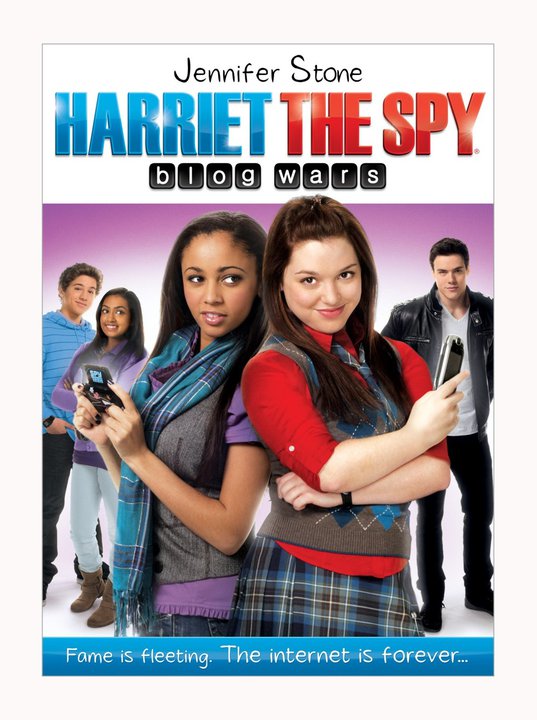

Not only was Fitzhugh a lesbian who was out to her friends, but the book itself looks at a wide range of people with different backgrounds and circumstances.

Heard of that little thing called the #WeNeedDiverseBooks campaign? Well, Harriet the Spy falls into the #DiverseBooks category. Here's how: It Has A Badass Female Protagonist The things she figures out about people, as well as her relationships with her friends Sport and Janie (who are also weirdos by 1960s standards), plus the trouble she gets into for being a writer, make this book unique.Īlong my rereads, tons of things things that have made Harriet The Spy stand out in a special way - but most of all, I've deciphered that it was way ahead of its time. She watches through windows and skylights and around corners.

In other words, she's become a peeping tom. (She would be killer at Twitter had she been written today.) She really wants to get people, to understand what makes them tick, and so she's made up a spy route. She carries a notebook everywhere and writes down things she sees and thinks. She is definitely privileged: has a live-in nanny, Ole Golly cooks who get fired whenever Harriet's dad doesn't like them and a cool bedroom on the top floor of her brownstone with her very own en suite bath. Here's a refresher if you haven't picked it up in a while: Harriet is 11, a quirky misfit who lives on Manhattan’s Upper East Side with her wealthy socialite parents.

And every time I do, I see something new and mind-blowing in it. That's one of the reasons it's near and dear to my heart, and why I pick it up at least once a year. When was the last time you read Louise Fitzhugh’s Harriet the Spy? Published in 1964, the title was hugely inspirational for girls who didn't quite fit in, either because they were super-boyish or super-brainy or both.


 0 kommentar(er)
0 kommentar(er)
